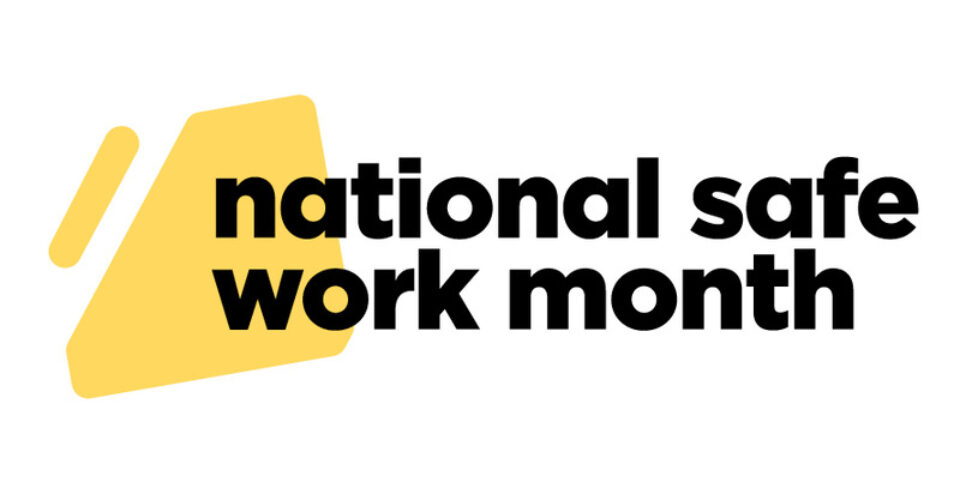Our risk of heart disease can be reduced through a number of lifestyle factors including maintaining a healthy weight, regular exercise and eating a healthy diet.

1. Nuts
We now know that not all fats are ‘bad’ for us. The fats found in nuts, for example, can reduce the risk of heart disease by lowering cholesterol. Some of the best nut choices are walnuts, almonds and macadamias. Although healthy fats are good for the heart you do still need to watch the portion size as nuts are also high in calories and therefore, can contribute to weight gain. Look out for raw or dry roasted, unsalted nuts rather than salted nuts cooked in oil. Aim to have a small handful, four times a week.

2. Fish
Eating fish, particularly oily fish varieties such as salmon, sardines and tuna has been found to be protective of the heart. Oily fish contains omega-3 fatty acids which can reduce the risk of heart disease by lowering blood pressure and cholesterol. Aim to eat 2-3 servings of fish per week, ideally, baked or steamed rather than fried. Tinned fish also provides similar benefits and is an affordable option.

3. Avocado
Like nuts and fish, avocado contains healthy monosaturated fats which have been associated with reducing cholesterol levels. Avocados are also high in potassium which is associated with good heart health. As with nuts, the serve size of avocado is important as avocados contain lots of calories and it is easy to overindulge. A serve is approximately one third of an avocado.

4. Whole Grains
Whole grains play a number of roles in protecting the heart including reducing cholesterol. Whole grains are grains that have not been refined and include whole wheat, oats, brown rice, rye, barley, buckwheat and quinoa. Whole grains are also beneficial in maintaining a healthy weight as they are high in fibre and take longer to break down, therefore, keeping people fuller for longer. It can be tricky to identify products which are whole grain as sometimes the terms used are confusing. People should look for wording on food labels such as ‘whole grain’ or ‘whole wheat’ or ‘whole oats’ rather than multi-grain. Multi-grain means that the produce contains more than one type of grain, but these grains might not necessarily be whole grains.

5. Herbs and Spices
Herbs might not seem like an obvious heart health food, but they can play an important role in introducing flavour to our food without the need for additional salt. Too much salt in our diet can contribute to high blood pressure, a major risk factor for heart disease. Using herbs like parsley, basil, rosemary and thyme and spices such as ginger, chilli and cinnamon can give a flavour boost without adding extra salt at the cooking stage or at the table.
What about Red Wine?
People have for many years considered that red wine is good for the heart. Some of this is due to what is known as The French Paradox – the French have low rates of heart disease despite their diets being high in saturated fats. Their red wine consumption was thought to be what provided a protective effect. Drinking small amounts of alcohol (not just red wine) has a small positive effect on the heart, compared to people who don’t drink at all. However, drinking too much alcohol has a negative effect. The Heart Foundation recently updated their advice to say, “Alcohol is not a necessary or recommended part of a heart healthy eating pattern”.









